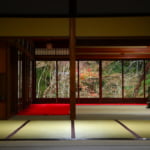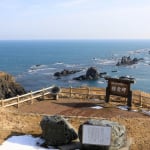Name: Ouchi-juku
Address: 8 Ouchi Yamamoto, Shimogo Town, Minamiaizu District, Fukushima Prefecture, 969-5207
Official Website: http://ouchi-juku.com/
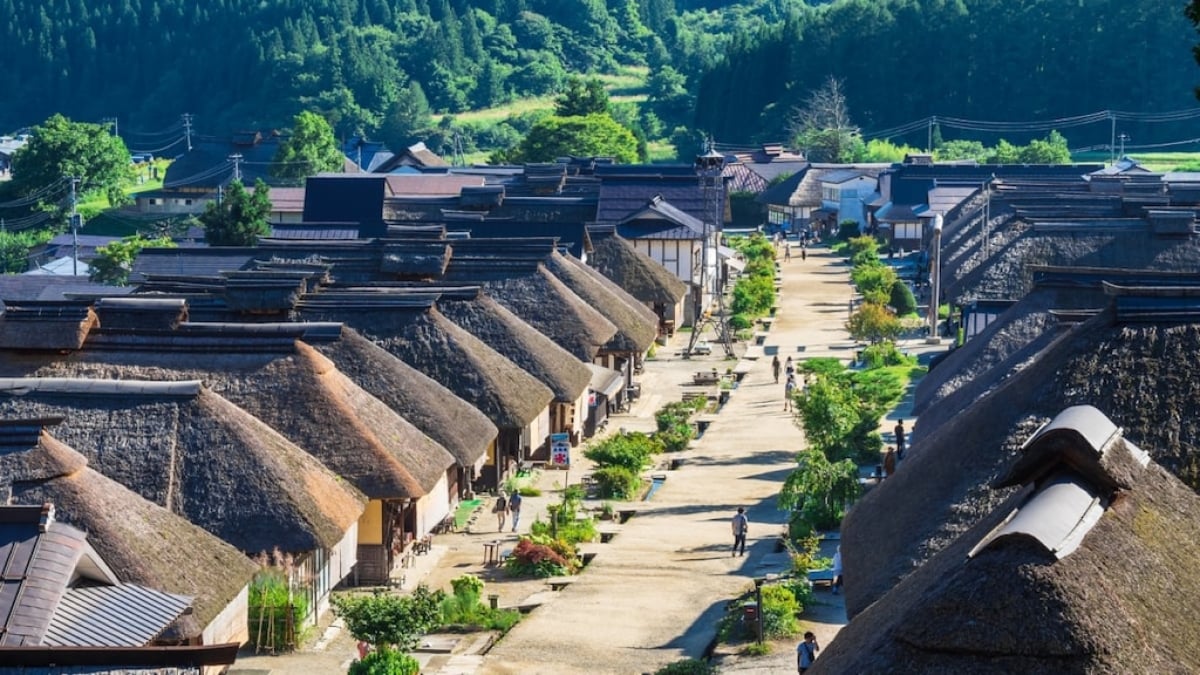
Introducing the Full Charm of “Ouchi-juku,” a Popular Tourist Destination in Fukushima!
Ouchi-juku is a post town in Shimogo Town, Minamiaizu District, where the historical landscape of the Edo period remains intact. It has been selected as a Nationally Important Preservation District for Groups of Traditional Buildings and is one of the most popular tourist spots in Fukushima Prefecture, attracting many visitors. In this article, we will introduce Ouchi-juku, where you can immerse yourself in the romance of Edo-era Japan.
table of contents
[x] close
Introducing the Full Charm of “Ouchi-juku,” a Popular Tourist Destination in Fukushima!
The History of Ouchi-juku
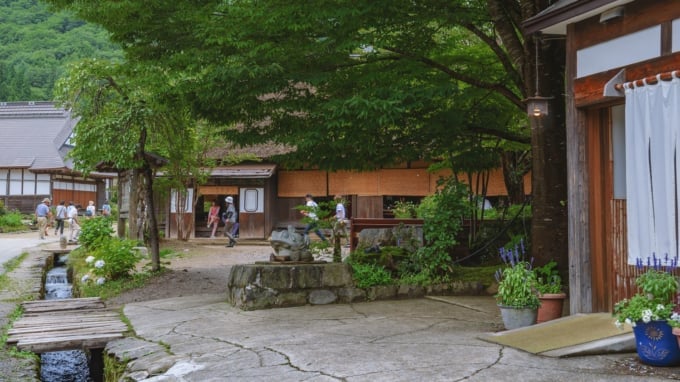
Ouchi-juku was a prosperous post town during the Edo period, located along the Aizu Nishi Kaido, which connected Aizuwakamatsu City and Nikko Imaichi. This route was vital for the Sankin-kotai system (Daimyo's mandatory travel to Edo) and rice transportation, but after the Meiji era, interactions significantly decreased. Its mountainous location isolated it from surrounding areas, allowing it to preserve its historical atmosphere remarkably well.
Although there were once calls for modernization, in 1981 (Showa 56), it was designated as a Nationally Important Preservation District for Groups of Traditional Buildings. The residents of Ouchi-juku have strong preservation values, operating under a community charter that states, "Do not sell, do not rent, do not destroy."
Today, more than 30 thatched-roof houses serve as soba restaurants, souvenir shops, and inns, offering visitors a taste of Edo-era scenery. With approximately 800,000 visitors annually, the town remains one of the top tourist destinations in Fukushima Prefecture.
The Thatched-Roof Townscape
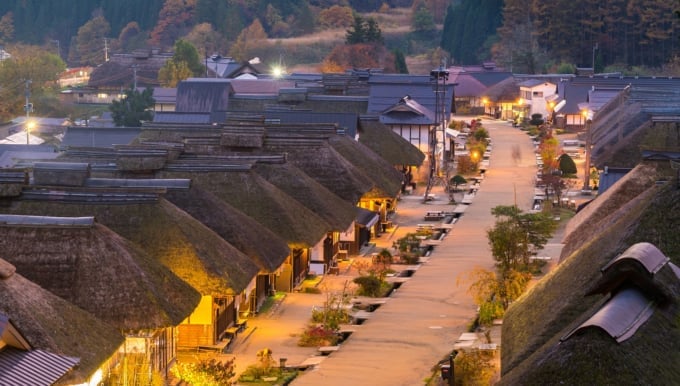
Since its development in the Edo period, Ouchi-juku has retained its historical charm for over 400 years. The thatched roofs that define the townscape are made from Japanese silver grass, providing cool interiors in summer and warmth in winter, making them ideal for comfortable lodging. Travelers from 400 years ago must have also found relief in these cozy shelters. The preservation of these thatched roofs is maintained by skilled craftsmen called "Kayate", who periodically replace the roofs.
Additionally, every September 1st, a simultaneous water-spraying drill is conducted to protect the thatched roofs from fire hazards. The sight of water being sprayed from fire hoses onto the roofs all at once is truly spectacular, attracting many visitors each year.
For a Panoramic View, Visit "Ouchi-juku Miharashidai"
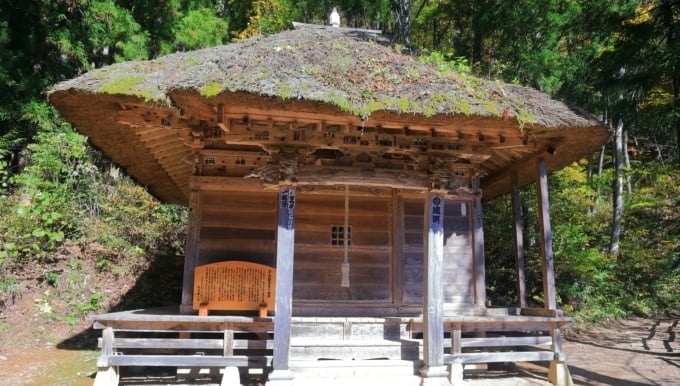
For those who want a panoramic view of Ouchi-juku, the best spot is "Ouchi-juku Miharashidai." Located on a small hill called "Yudonosan," the viewpoint requires a steep uphill climb, but the rewarding breathtaking view makes the effort worthwhile.
At the top of the Miharashidai viewpoint, you’ll also find Koyasu Kannon, a Buddhist deity believed to be a guardian of women and children, offering blessings for safe childbirth and fertility. If you visit, be sure to stop by and pay your respects. For those who want a spectacular view of the entire town or capture stunning photographs, this is the perfect spot!
The Magical "Ouchi-juku Snow Festival"

The "Ouchi-juku Snow Festival" is held every winter as a gesture of gratitude to the visitors of the town. Its popularity rivals that of the summer season, drawing large crowds who come to witness the magical winter scenery.
The highlight of the festival is the "Gojinka Taika" (Sacred Fire Lighting) event, followed by a fireworks display in the evening. Visitors can also enjoy free servings of pork miso soup and amazake (sweet rice wine). The soft glow of the snow lanterns lining the streets creates a warm and enchanting atmosphere, providing comfort against the winter cold for all who visit.
Ouchi-juku Machinami Exhibition Hall
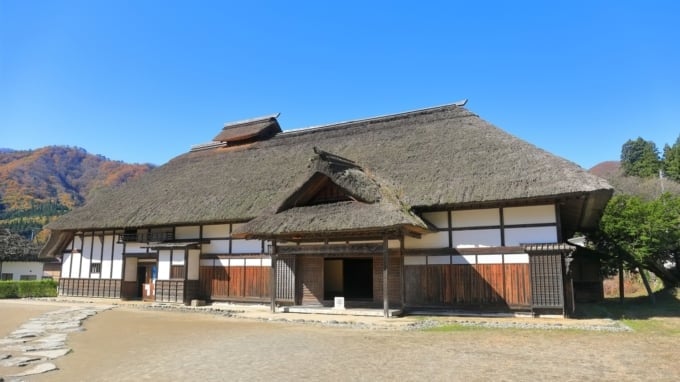
For those fascinated by Ouchi-juku’s scenery and history, the Ouchi-juku Machinami Exhibition Hall is a must-visit. Located at the central site of the former Honjin (official post station lodging for feudal lords), the exhibition hall recreates the historical setting of the town. Inside, you can see authentic household items and displays that bring the Edo-period lifestyle to life. It’s a great place to immerse yourself in the past and experience what life was like in a thriving post town.
【Admission Fees】
Adults: 250 yen、Children: 150 yen (As of February 17, 2020)
Famous Local Dish: "Takato Soba"
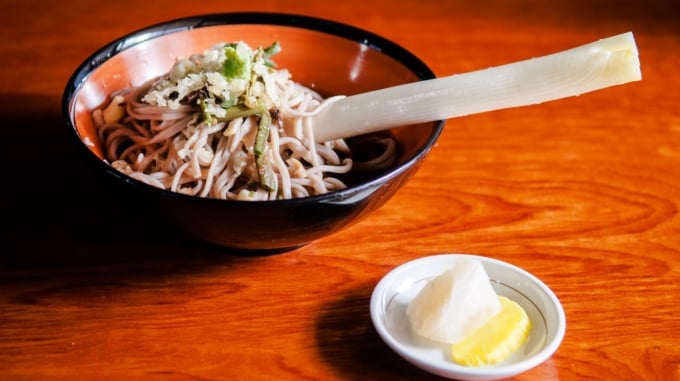
One of the most famous local delicacies in Ouchi-juku is "Takato Soba," also known as "Negi Soba". What makes this dish unique is the giant green onion (negi) that is served as an eating utensil instead of chopsticks! The traditional way to eat it is by using the negi to scoop up the soba, but since it can be tricky to handle, using chopsticks is also an option. This must-try specialty is an essential part of the Ouchi-juku experience.
The Convenient Sightseeing Bus "Saru Yugo"
We’ve introduced Ouchi-juku, one of Aizu’s most popular historical sightseeing spots, where the Edo period still lives on. For easy access to Ouchi-juku, the dedicated sightseeing bus "Saru Yugo" is highly recommended. It operates 6-7 times daily, running between Yunokami Onsen Station (Aizu Railway) and Ouchi-juku. Reservations for the Saru Yugo bus must be made by 7 PM on the day before travel, so it’s best to book in advance once your itinerary is set. The retro-style exterior of the bus adds to the charm of the experience, making you feel excited before even getting on board!
Additionally, the "Ouchi-juku Combined Discount Ticket" offers a cost-effective way to enjoy both the Aizu Railway and the Saru Yugo bus together. The nearest station to Ouchi-juku, Yunokami Onsen Station, is also notable for its thatched-roof design, just like Ouchi-juku itself. This unique station has been selected as one of Tohoku’s Top 100 Stations and is beloved by railway enthusiasts and travelers alike. When visiting Ouchi-juku, be sure to take in the beauty of Yunokami Onsen Station as well!
RELATED ARTICLES
REGIONS
CATEGORIES
FEATURED ON Fukushima
-
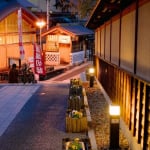
Let’s Explore Iizaka Onsen in Fukushima Prefecture – 5 Recommended Tourist Spots to Experience Art and History
-
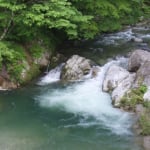
5 Tourist Attractions Near Tokusa Onsen, the Hidden Hot Spring Gem of Minamiaizu, Fukushima
-
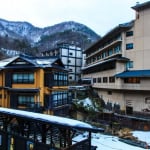
Introducing recommended sightseeing spots in Aizuwakamatsu and Higashiyama Onsen!
-
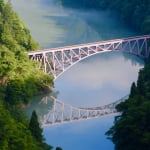
Fukushima Prefecture’s Tadami Town and 5 surrounding tourist spots: A journey through the capital of nature!
-
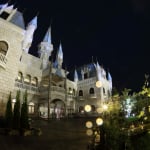
Popular tourist spot for girls in Fukushima! Introducing “Licca-chan Castle”
MOST POPULAR ON Fukushima
-
 1
1Doha: Must-see Attractions in the Capital of Qatar
-
 2
2Toronto: 10 Things to do in this Picturesque Canadian City
-
 3
3Amarillo: A City Famous for It’s Amazing Canyons, Great History and Music
-
 4
4South Korea: Dazzling Scenery, Rich Culture and Fascinating History
-
 5
5Kuwait: A Country in Middle East Asia Famous for Hot Sand Dunes and Stunning Cityscape



